Many breeds of dog may be trained as service animals but specific health, temperament and aptitude requirements mean certain breeds are more likely suited to becoming a service dog. The best dog breeds for service animals are calm, able to focus on their human partner, friendly, non-aggressive and are very trainable.
To be a service dog and recognized as one by the Americans with Disabilities Act (ADA), the animal must be trained in specific tasks to deliver assistance to their human partner in managing their needs. Keep in mind each of the breeds listed on the list of the best dog breeds for service animals may not suit your individual needs. Different breeds are suited to different tasks – a small breed would be completely unsuitable for visual impairment or pulling a wheelchair for example.
People choose to have a service dog for a variety of reasons. A dog may help them become more independent by alleviating safety concerns, improve anxiety, improve health by reminding their owner to take medication etc. Each dog can be custom trained to meet their owner’s needs and offer the right emotional or practical assistance.
Which breed to choose?
There are many dog breeds which could have made the list of best dog breeds for service animals and most breeds can show aptitude and temperament for service assistance. However, the Labrador, Golden Retriever, German Shepherd, Poodle and Collie are among the most popular because of the inherent traits of the breed.
A suitable service dog is healthy, with the right temperament and a strong aptitude. Not all dogs in the 5 breeds named will be suited to every kind of service assistance work. By all means consider these 5 breeds, but make an informed choice based on the individual animal and always buy a dog from a responsible service dog breeder or foundation.
Best Dog Breeds For Service Animals
Labrador Retrievers
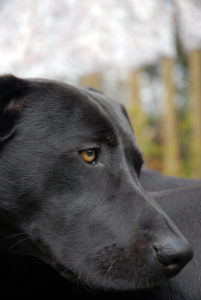
Labradors are one of the best dog breeds for service animals, and have proven to be well suited to all types of service assistance. As one of the original breeds to be used as visual assistance dogs, they have remained popular and reliable animals for hearing, mobility, seizure and mental health assistance work.
The breed has a caring, outgoing and tolerant temperament which makes it suitable for outdoor work such as guiding the visually and hearing impaired, and mobility assistance. They are bred to follow instructions and have proven to be easy to train.
Their intelligence and caring personalities mean they can be trained to undertake a variety of physical tasks as well as being sensitive to signs of anxiety in people living with PTSD and who are diagnosed as being on the autism spectrum.
German Shepherds
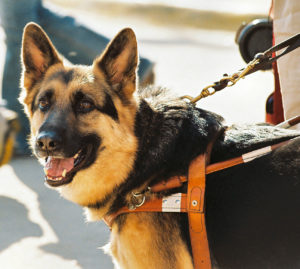
German Shepherds are another of the original service assistance dog breeds, but have fallen out of favor in recent years as they can be headstrong and have a reputation for being protective. Yet they still have great potential as service dogs for an owner who is capable of managing them.
They are strong, large animals, and highly intelligent and trainable, so make great mobility assistance dogs. Their intelligence and loving nature makes them suitable for visual assistance, hearing assistance and they have been used for seizure assistance too.
Unfortunately the German shepherd may have problems with their joints, eyes and skin due to inbreeding. Owners should check the lineage of their animal to minimize the risk and only get their dog from reputable breeders.
Another consideration should be allergies (they’re shedders), the cost of keeping them (they’re large animals and so can be expensive to feed), and exercise (as energetic working dogs, they will need the opportunity for exercise).
Golden Retrievers

Golden Retrievers were bred as working dogs originally and so are intelligent and trainable. They, along with Labradors and German Shepherds, are one of the original service dog breeds to be used.
They exhibit traits which make them well suited to supporting people through their daily life: friendly, patient, and tolerant of noise and behavior. They from strong bonds with their owners and so react well to any changes in mood and behavior. They are popular visual, hearing, seizure, and mobility assistance dogs.
However, Golden Retrievers may have developed genetic weaknesses over many years of inbreeding, which can shorten their life span. They have an increased disposition to develop skin conditions, eye problems, and hip dysplasia which can be expensive to treat and may shorten the period they can deliver the service assistance needed.
Nevertheless the Golden Retriever remains one of the best dog breeds for service animals.
Poodles
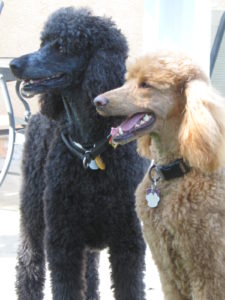
The Poodle comes in a variety of types from Standard Poodle (the largest of the Poodles), Miniature and Toy Poodles. There is also a healthy market in cross breeds of Poodles such as the Malti-poo and the Labradoodle.
However it is the Standard Poodle which has become increasingly popular as a service animal in recent years. One of the reasons they have become more popular is because their fur is hypoallergenic and they are suitable for people who have allergies.
As a medium sized dog, similar to a Labrador, it is well suited to mobility and visual impairment assistance. Poodles have sensitive natures and so react well to people who need safety assistance such as seizures or anxiety.
A Poodle is naturally obedient and highly trainable, it excels in many of the obedience categories at dog shows, and it is these traits which make it one of the best dog breeds for service animals.
Collies

The Collie exhibits many of the desirable traits you want in a service dog: smart, obedient and highly trainable. They are traditionally working dogs and bred for herding animals, and this genetic aptitude makes the breed very suitable for many service assistance tasks.
They are less common service animals than the Labrador and Golden Retriever but have similar temperaments and are a similar size, so they are great for mobility assistance and visual assistance.
They are sensitive and loyal and react well to changes in mood and behavior of their human partner. This gives them great potential for anxiety and seizure assistance.
The long haired variety will need more grooming than the short haired variety. Although they are working dogs they have only moderate activity needs so may be easier to take care of than the German Shepherd.
As always, choose your breeder carefully as eye and joint problems can be prevalent in Collies.

Now that you’re armed with a little more information you’ll be able to select the best dog out there for your service needs. These are dogs like any other and have their own specific standards on what keeps them healthy and happy so be sure to know your breed well and you, not just your dog, will be much more satisfied.
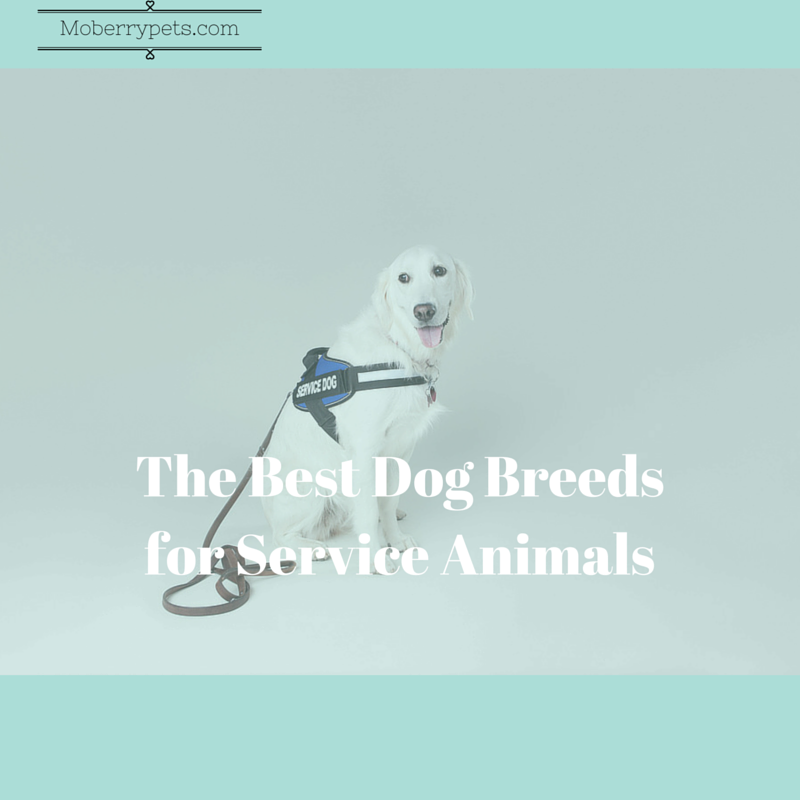

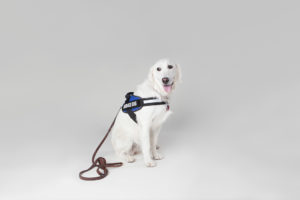

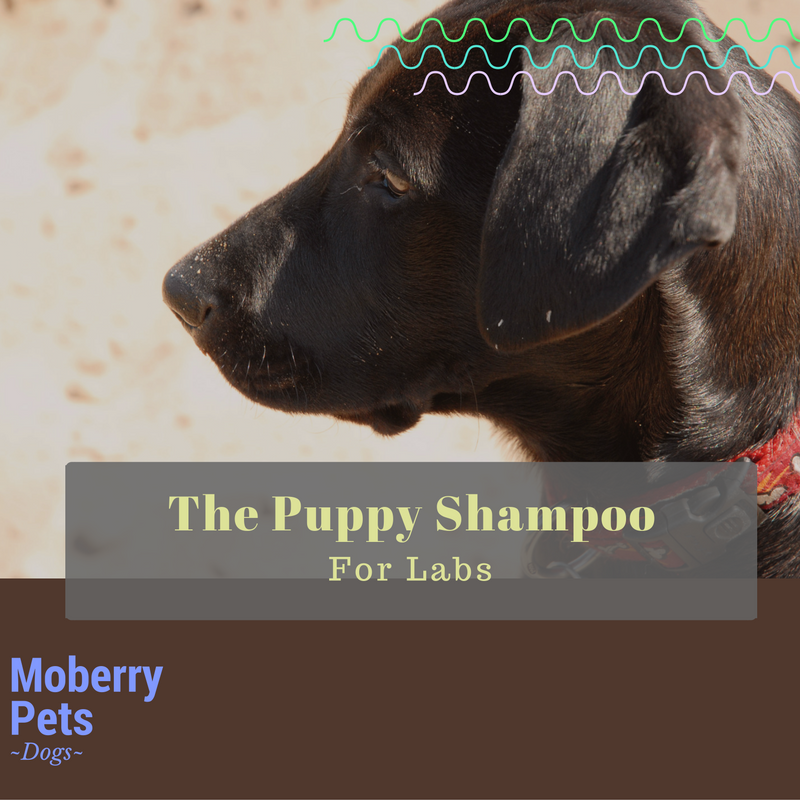

One comment
Comments are closed.